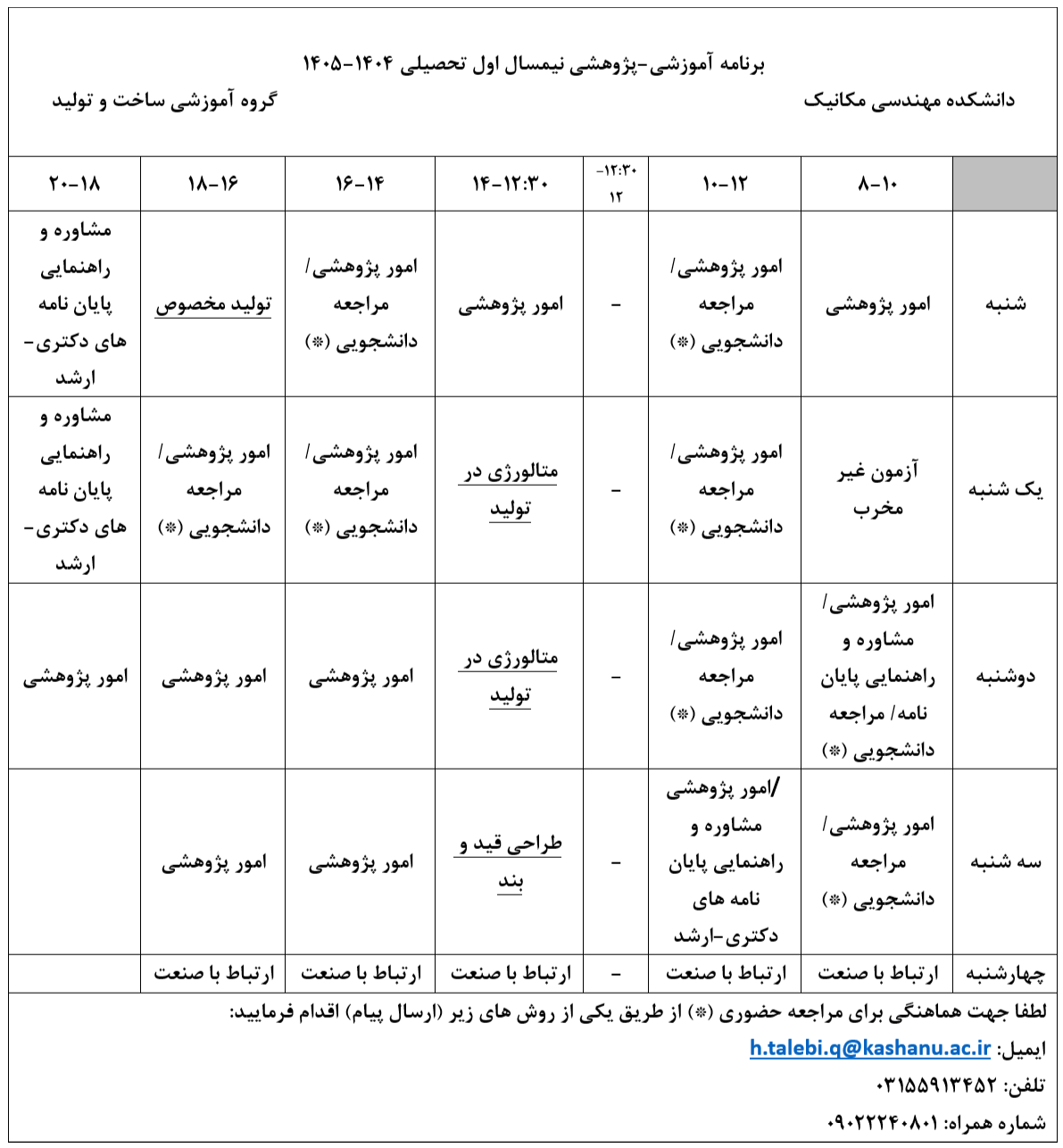| نویسندگان | علی زین العابدین بیگی,حسن مسلمی نائینی,حسین طالبی قادیکلائی,امیر حسین ربیعی,سعید حاج احمدی |
|---|
| نشریه | The Journal of Strain Analysis for Engineering Design |
|---|
| ضریب تاثیر (IF) | ثبت نشده |
|---|
| نوع مقاله | Full Paper |
|---|
| تاریخ انتشار | 2024-07-26 |
|---|
| رتبه نشریه | علمی - پژوهشی |
|---|
| نوع نشریه | الکترونیکی |
|---|
| کشور محل چاپ | ایران |
|---|
| نمایه نشریه | SCOPUS ,JCR |
|---|
چکیده مقاله
This study outlines an experimental and computational endeavor aimed at developing a machine learning model to estimate spring-back values utilizing the decision tree methodology. A design of experiment approach was employed to collect a dataset, and based on the experimental results, a precise model was constructed to predict spring-back values. The model considered parameters such as thickness, diameter of circle hole, distance between the center hole and flange edge, and hole spacing. Various hyper parameters, including max depth and minimum samples for split, were explored, with configurations such as (30,5), (20,8), and (10,2) being evaluated to identify the optimal model for spring-back prediction. Analysis of the results demonstrated that the decision tree models accurately estimated spring-back values in cold roll forming of pre-punched sheets based on the input parameters. The coefficient of determination in the test section for decision tree models with parameters (30,5), (20,8), and (10,2) was found to be 0.90, 0.98, and 0.96, respectively. Additionally, the percentage of absolute error in the test section for the same decision tree models was calculated as 8.84%, 6.18%, and 7.6%, respectively.

